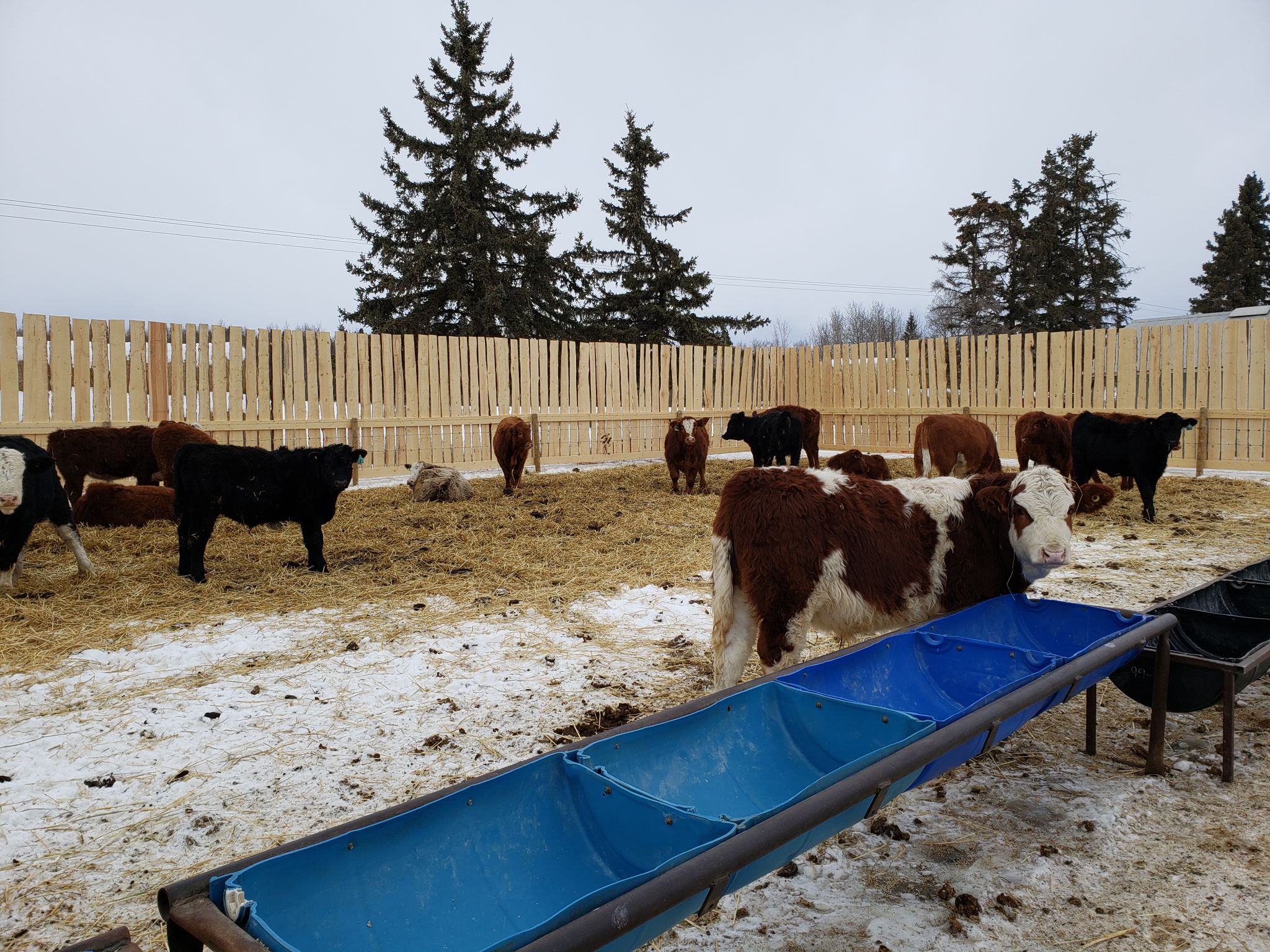How to Prepare Your Mini Highland Cattle for Winter in Wisconsin
Understanding Your Mini Highland Cattle's Needs
Mini Highland cattle are known for their robust nature and ability to withstand colder climates. However, preparing them for the harsh Wisconsin winters requires more than relying on their natural hardiness. Understanding their unique needs is crucial to ensuring they remain healthy and comfortable throughout the season.
These delightful creatures have thick, insulating coats that help them endure cold weather, but they can still benefit from a little extra care and attention. By taking proactive steps, you can help them thrive even when temperatures drop significantly.

Providing Adequate Shelter
Adequate shelter is a key component in preparing your mini Highland cattle for winter. While these animals can endure cold weather, they still need a space to escape harsh winds, rain, and snow. A simple barn or a sturdy three-sided shelter can provide enough protection from the elements.
Ensure that the shelter is easily accessible and large enough for all your cattle to fit comfortably. It’s also important to regularly check and maintain the shelter's condition, ensuring that there are no leaks or structural weaknesses that could compromise its effectiveness during a winter storm.
Enhancing Shelter Warmth
To enhance the warmth inside the shelter, consider using straw or hay bedding. This not only provides insulation from the cold ground but also offers your cattle a cozy place to lie down. It's essential to keep the bedding dry and fresh, as wet bedding can lead to health issues.

Proper Nutrition and Hydration
During the winter months, your mini Highland cattle will require additional nutrition to maintain their body heat and energy levels. Increasing their intake of high-quality hay is a simple way to meet these nutritional demands. Supplementing their diet with grain or specially formulated cattle feed can also be beneficial.
Hydration is equally important. Ensure that your cattle have access to unfrozen water at all times. Using heated water troughs or regularly breaking ice in water sources can help maintain water availability and prevent dehydration.
Monitoring Health and Wellness
Regular health checks are vital during winter to catch any potential health issues early on. Monitor your cattle for signs of illness such as coughing, runny noses, or lethargy. Additionally, ensure they are up-to-date on vaccinations and parasite control measures.

Maintaining Cleanliness and Hygiene
Keeping your mini Highland cattle clean during winter can be challenging but is essential for their well-being. Brush their coats regularly to remove any dirt or debris that can lead to skin irritation or infections. This also helps in monitoring their overall condition and spotting any abnormalities.
Pay special attention to their hooves. Regular trimming is necessary to prevent any issues related to snow and ice accumulation. Proper hoof care contributes significantly to maintaining mobility and preventing discomfort or injuries.
Preparing for Emergencies
The unpredictable nature of Wisconsin winters means being prepared for emergencies is crucial. Keep a stockpile of food, water, and medical supplies in case of severe weather conditions that might prevent immediate access. Having a plan in place ensures peace of mind and readiness to handle any unexpected situations.
By following these guidelines, you'll be well-equipped to help your mini Highland cattle navigate the winter months comfortably and healthily. With a bit of preparation and care, you can ensure they enjoy the season just as much as any other time of the year.